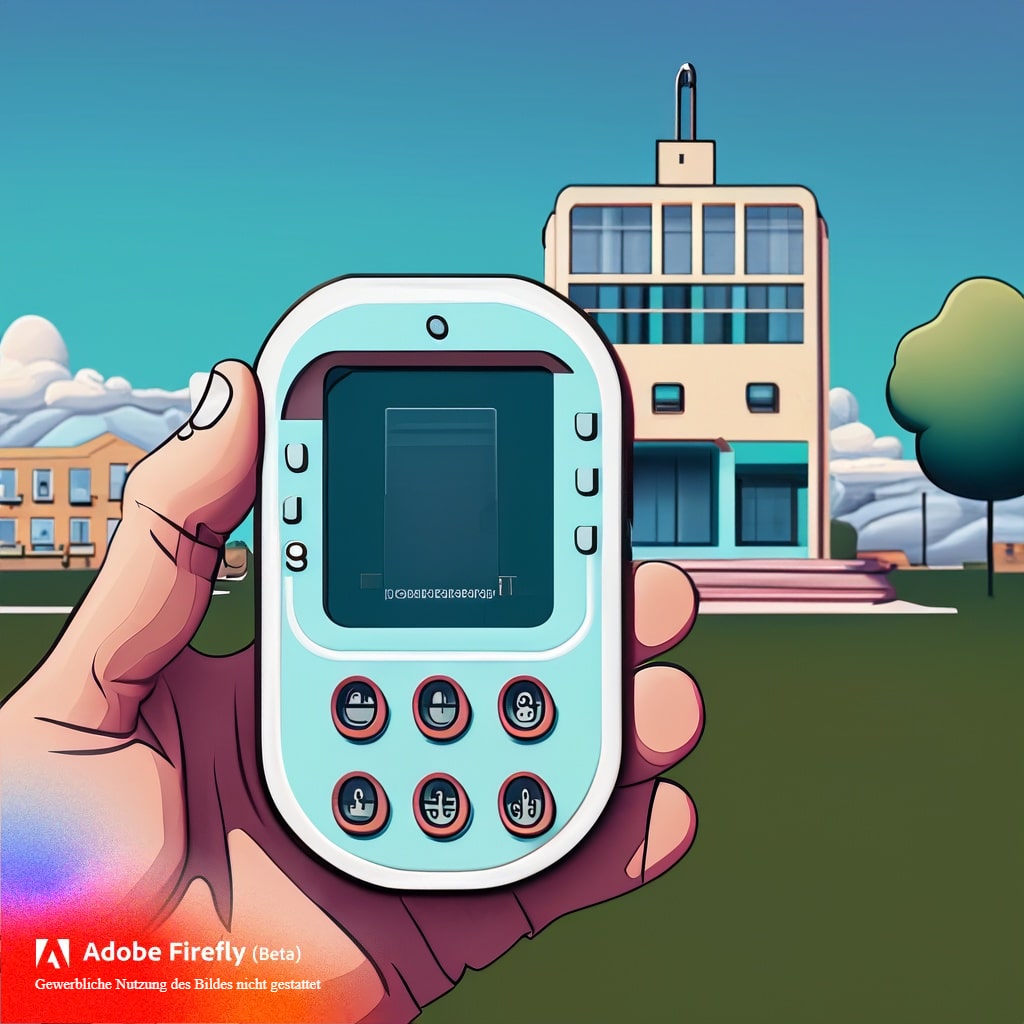In recent discussions around technology, pagers have received increased attention. This renewed interest is unexpected given the ubiquity and convenience of text messaging services. Nevertheless, much of the interest appears to linger due to the original, simple efficiency of pagers that involves one-way radio transmissions.
This makes pagers especially well-suited for use in the healthcare and Public safety industries.
For healthcare providers, the reliability, simplicity, and secure nature of pagers have made them an indispensable tool.
Pagers facilitate instantaneous communication, which is often a critical requirement. They are easy to integrate with other digital devices like smartphones or IoT Devises without compromising communication.
Many hospitals and fire brigades have installed encrypted pagers as part of their workflows to increase the securety of their communications.
In the context of public safety, paging systems have continued to provide efficient solutions for dispatching and establishing communication with the first responders.
The current focus on digital advancements leads to upgrades in traditional paging systems.
Some organizations are working to improve their public safety systems by implementing remote programming, encryption and hybrid models.
If you are interested in getting information, join the CMA Association.











